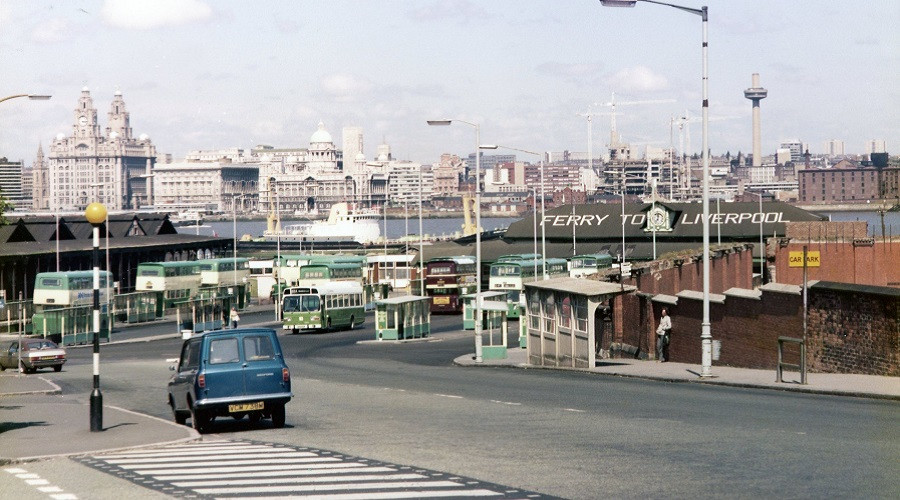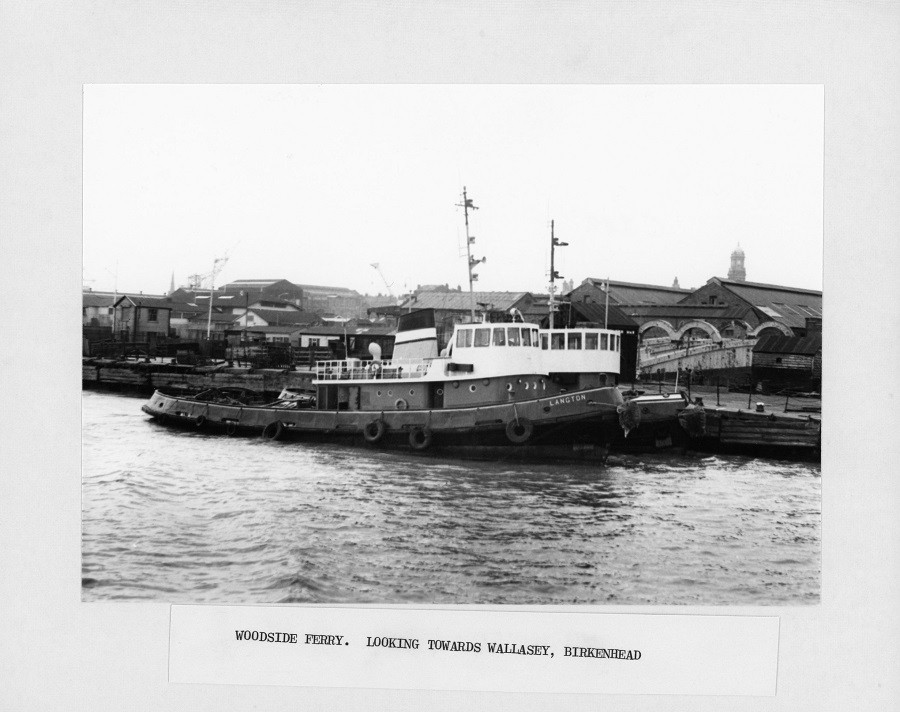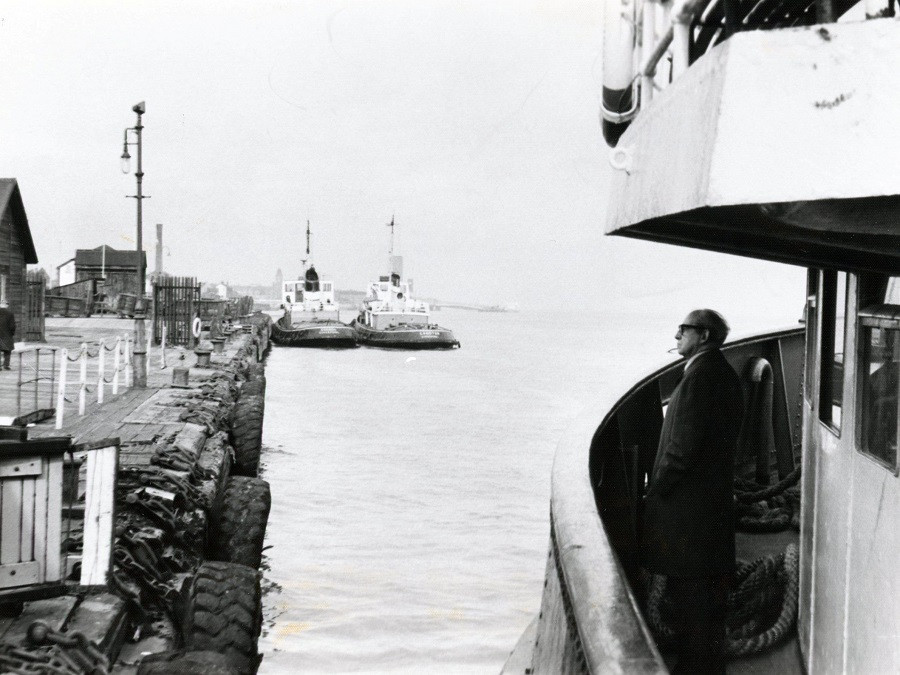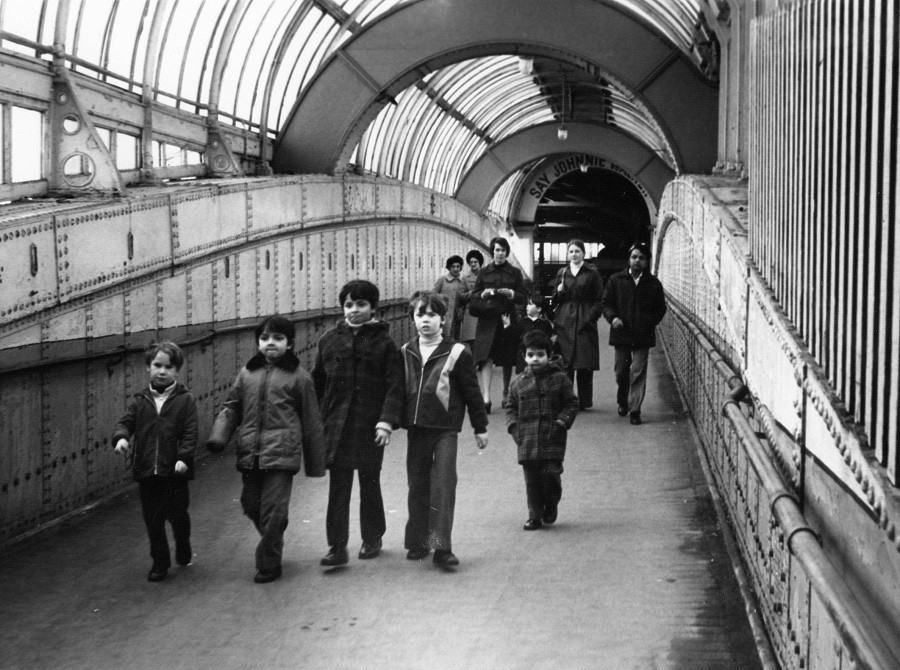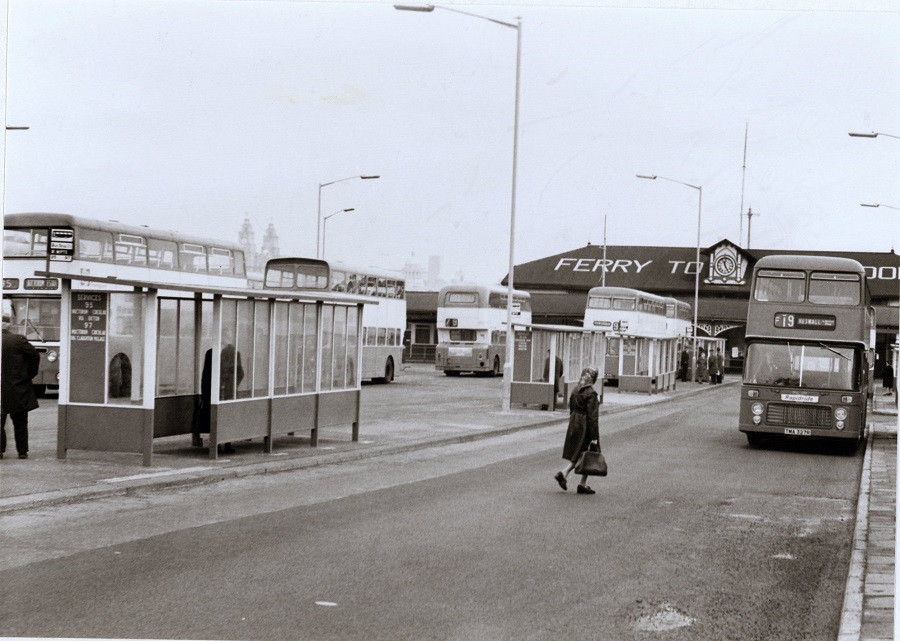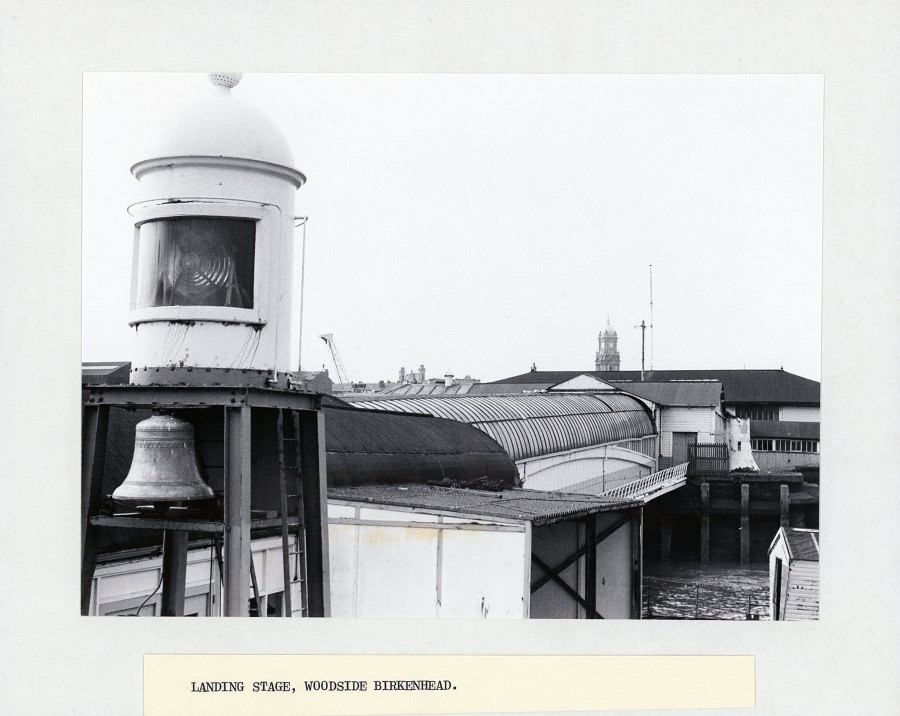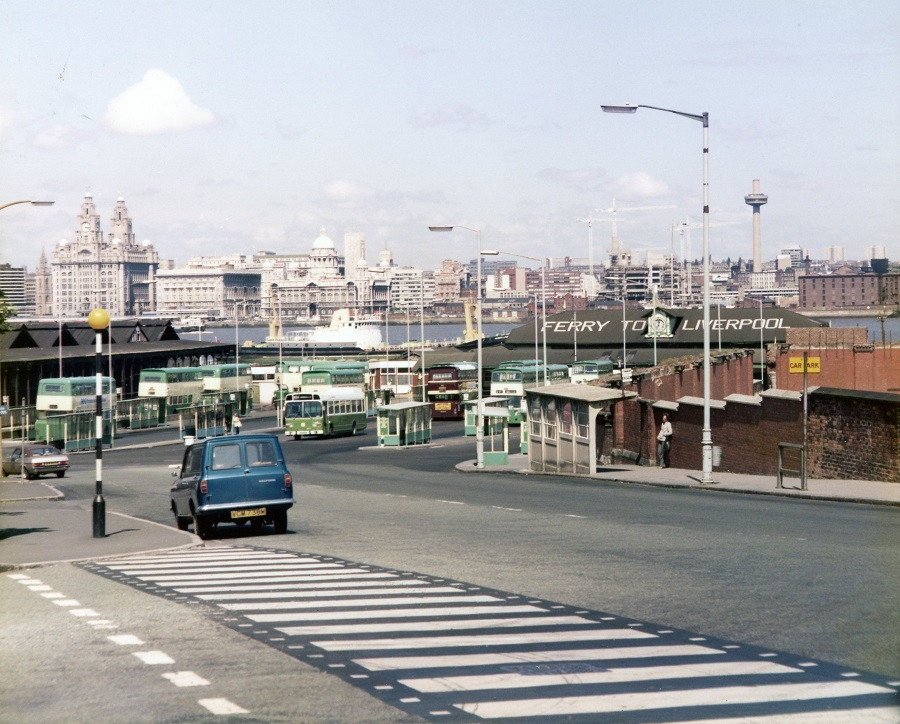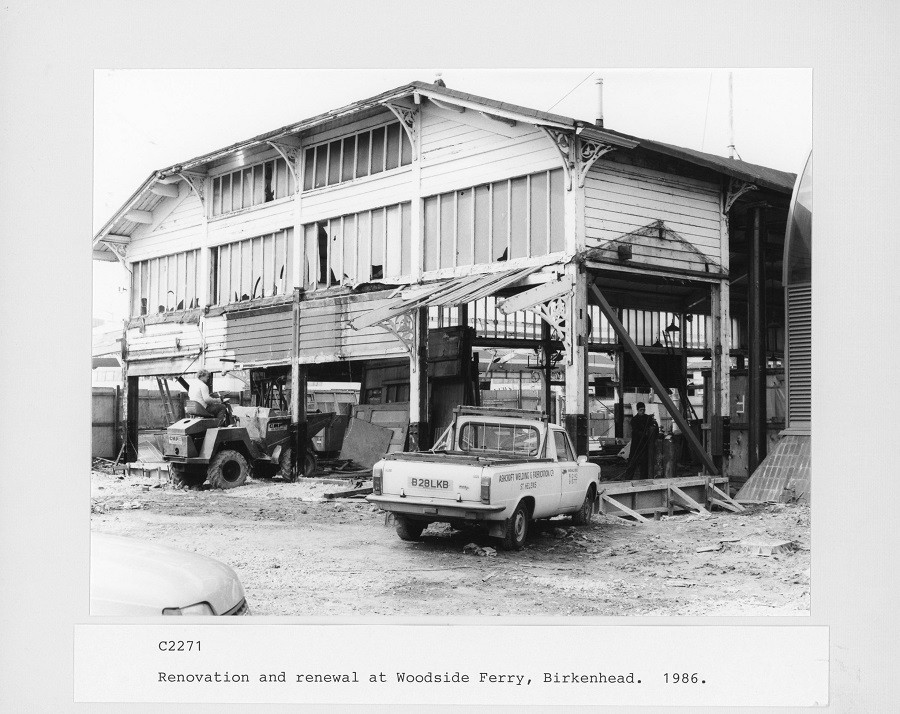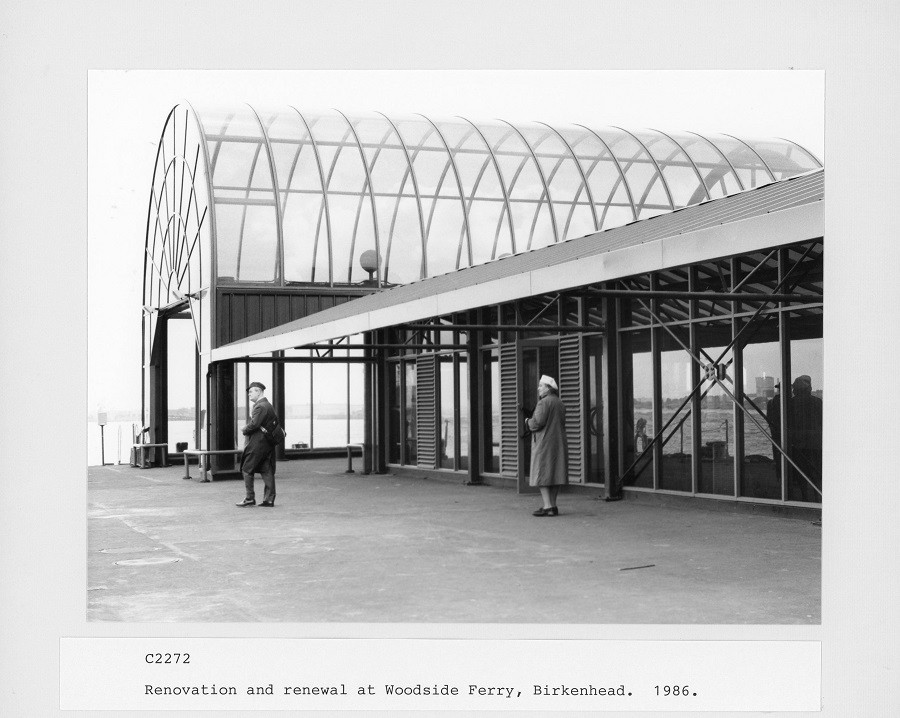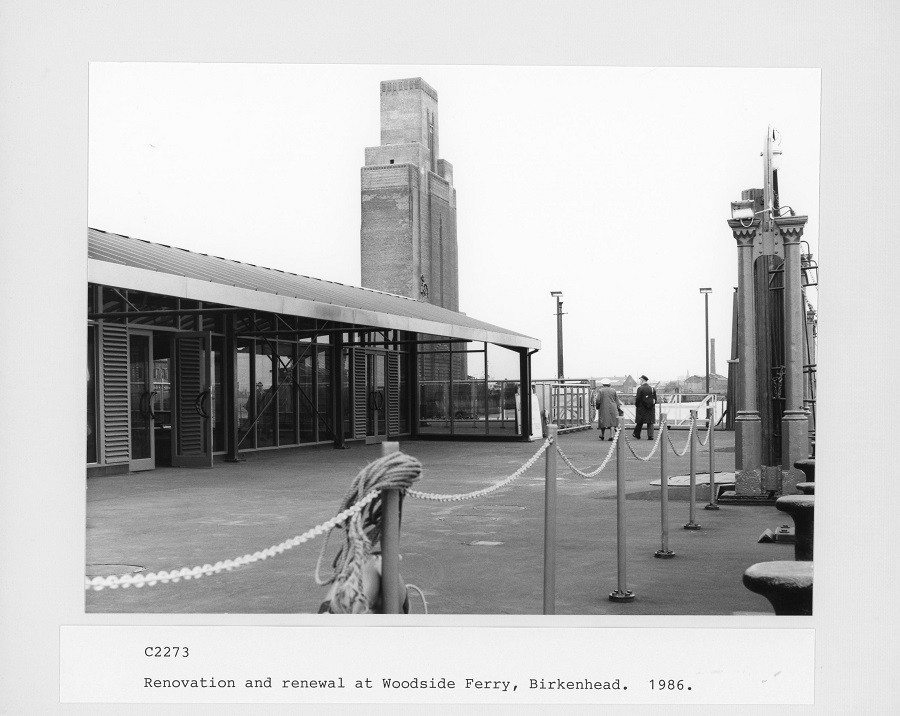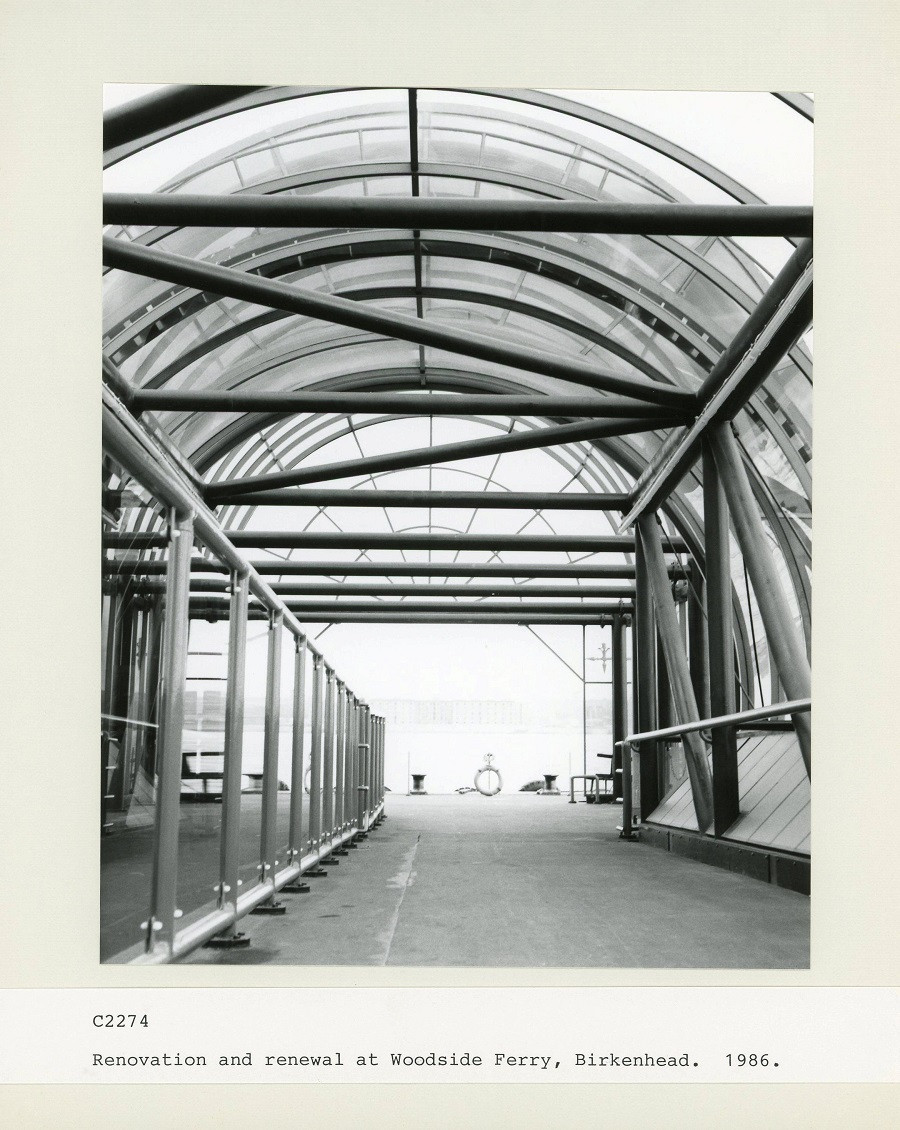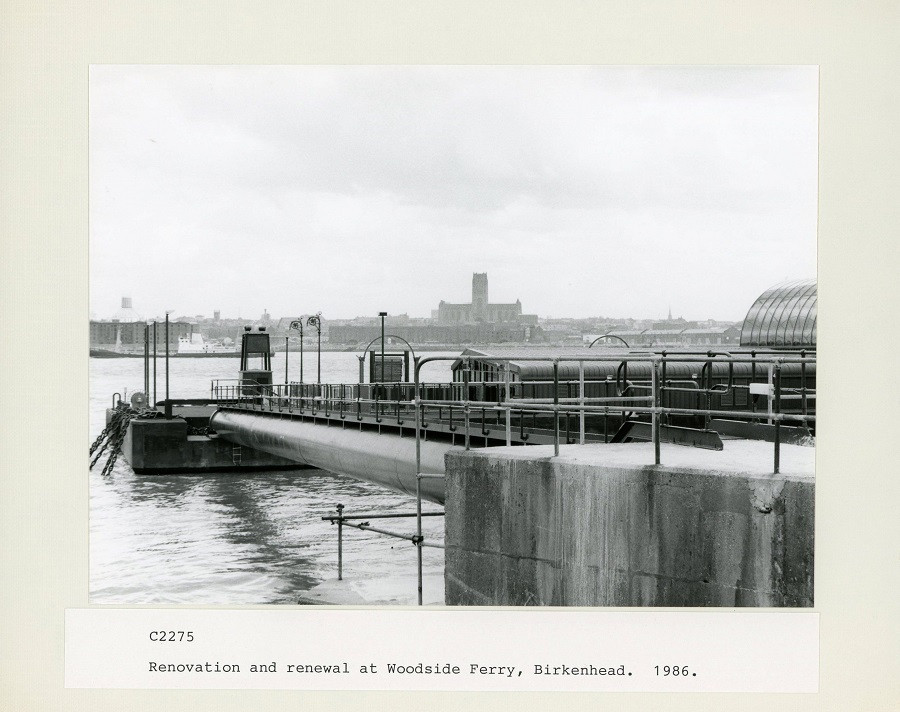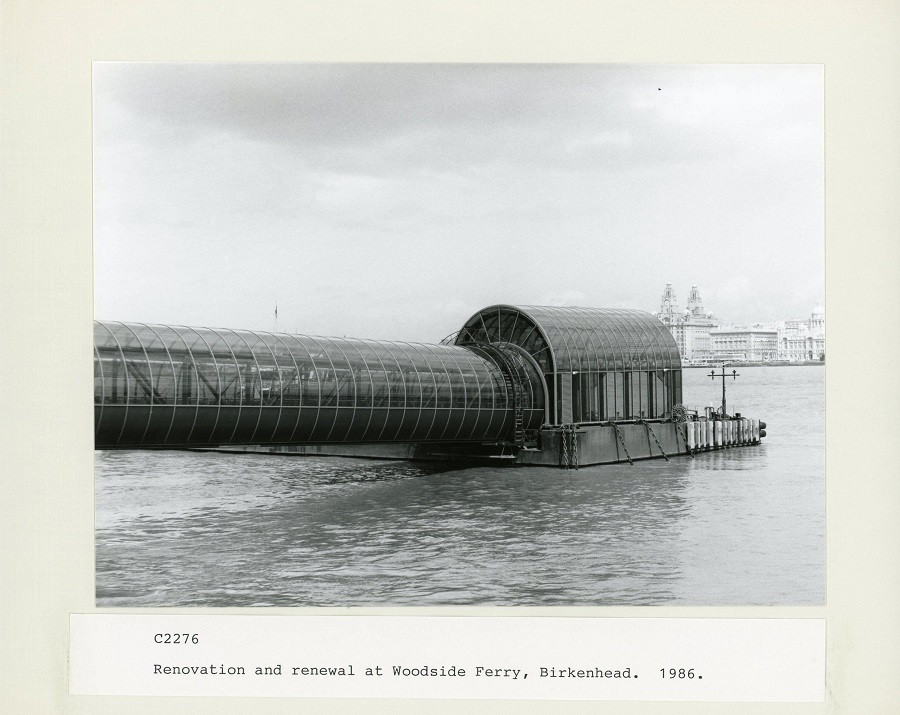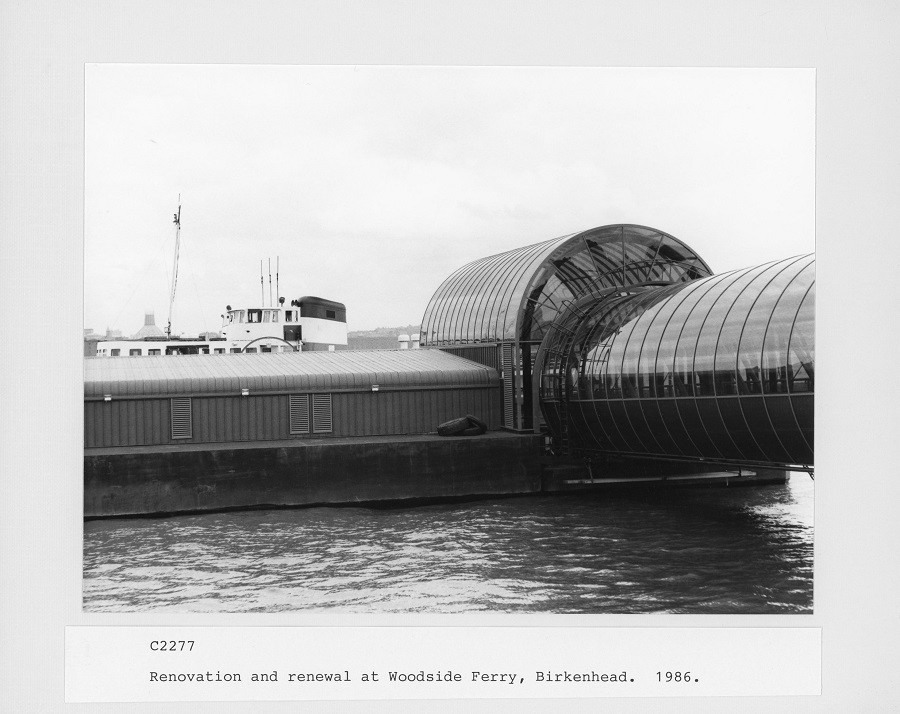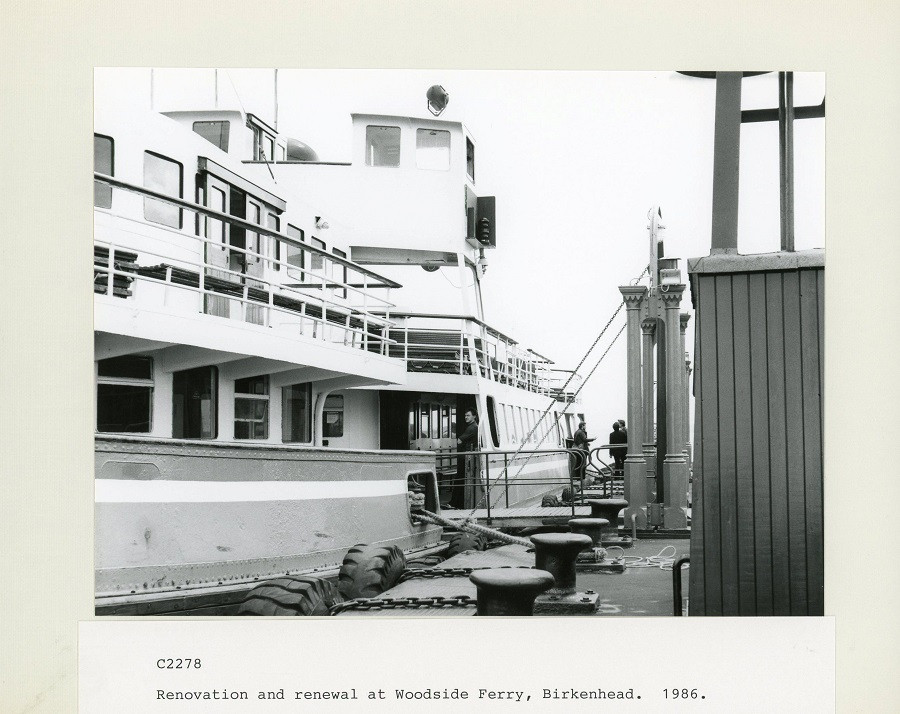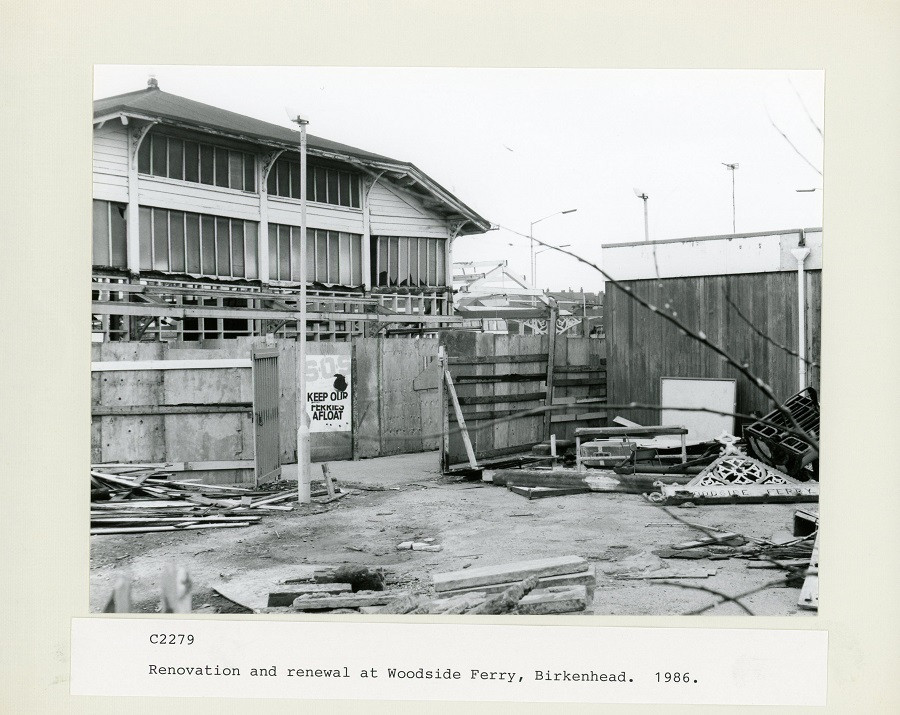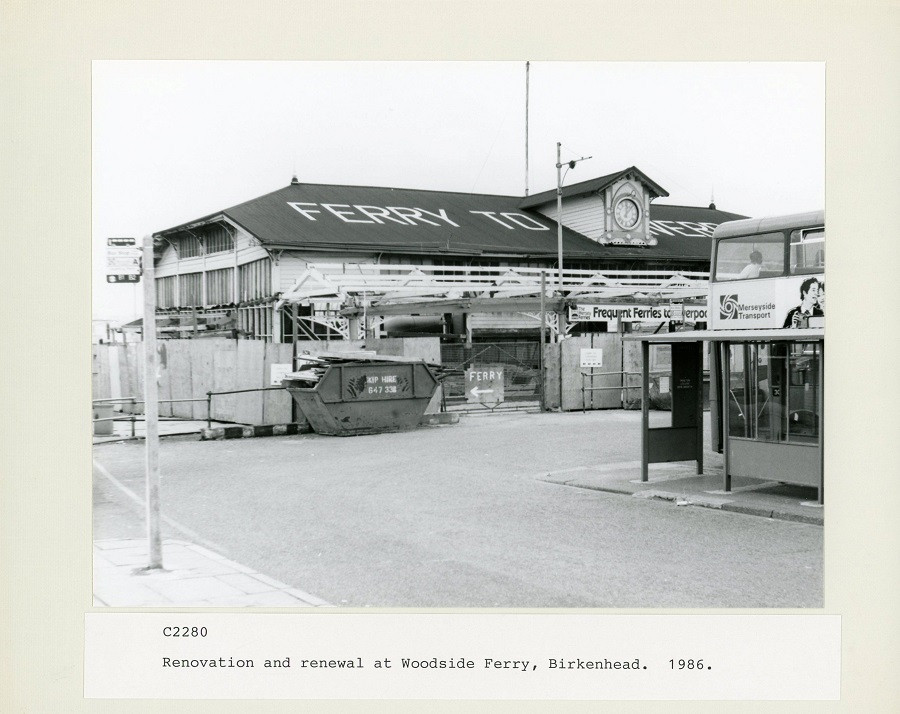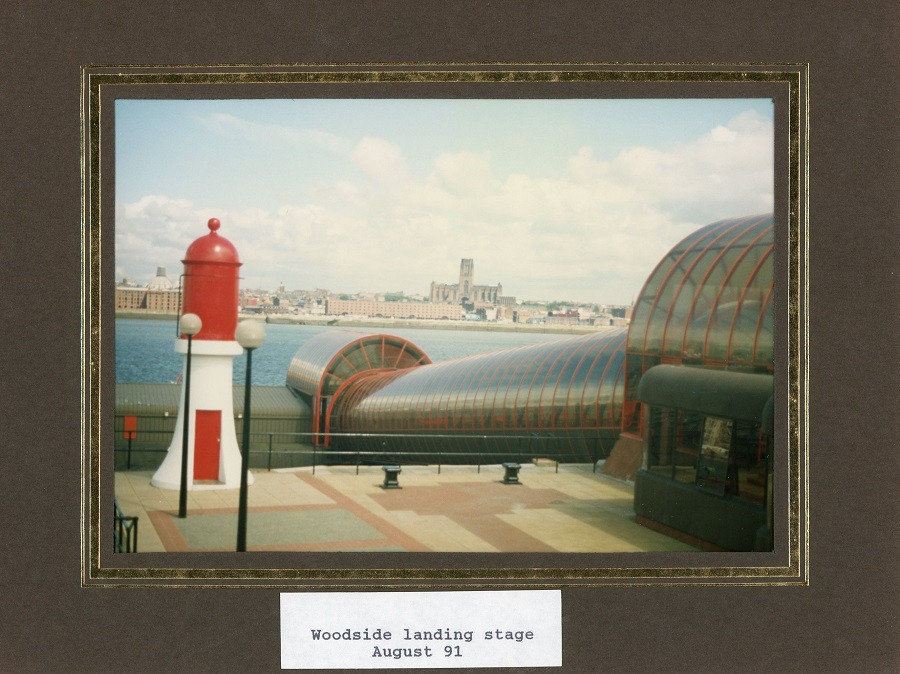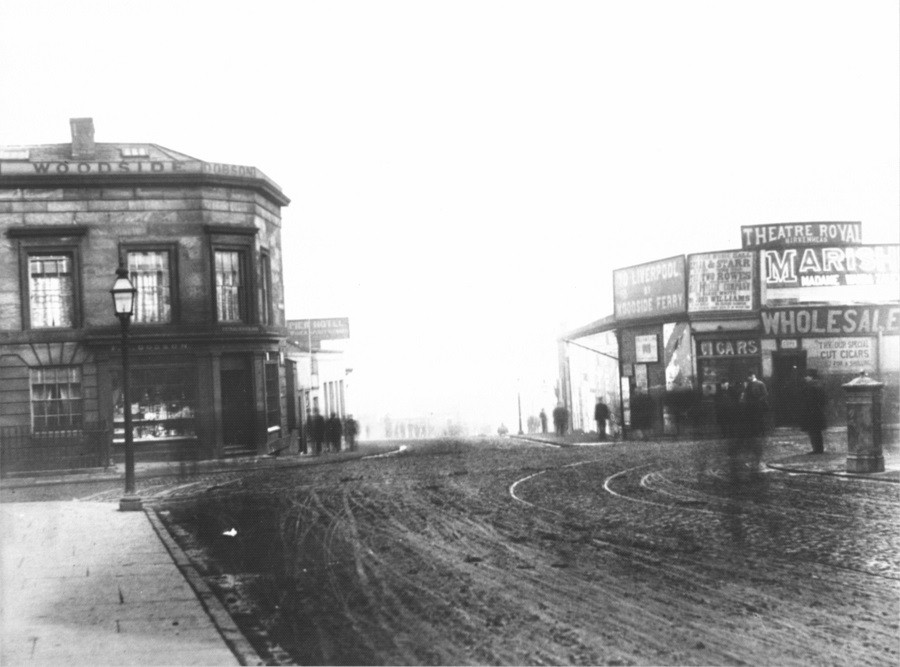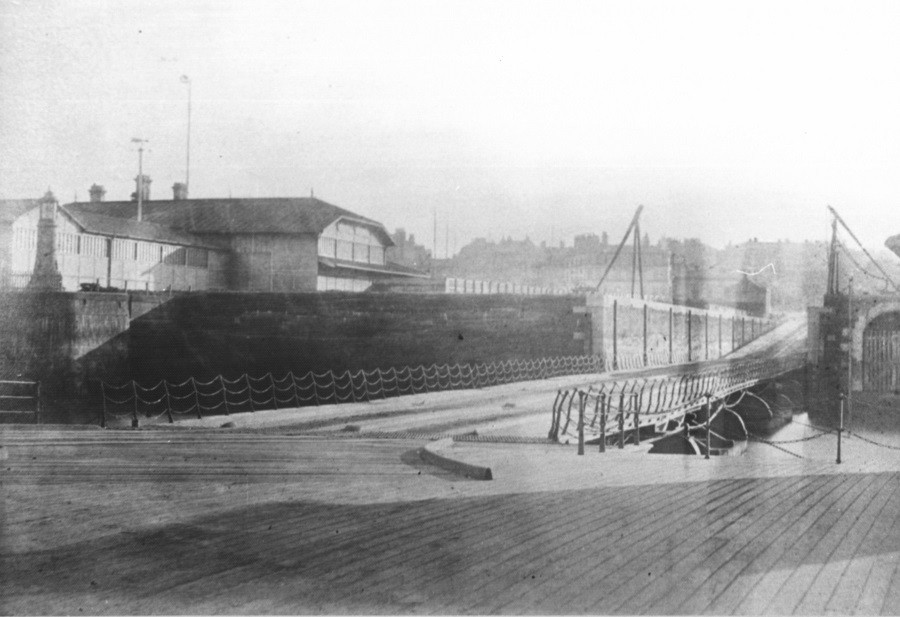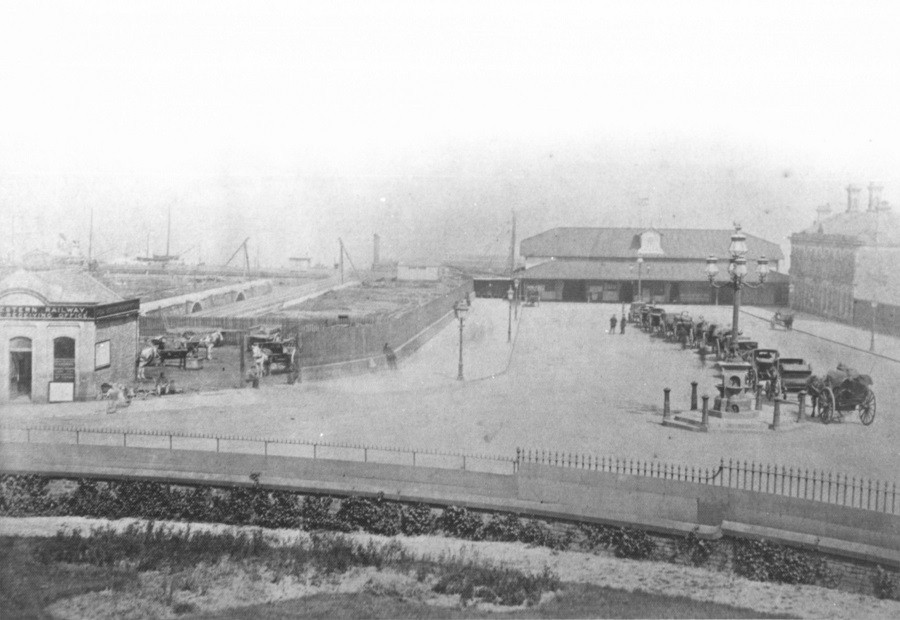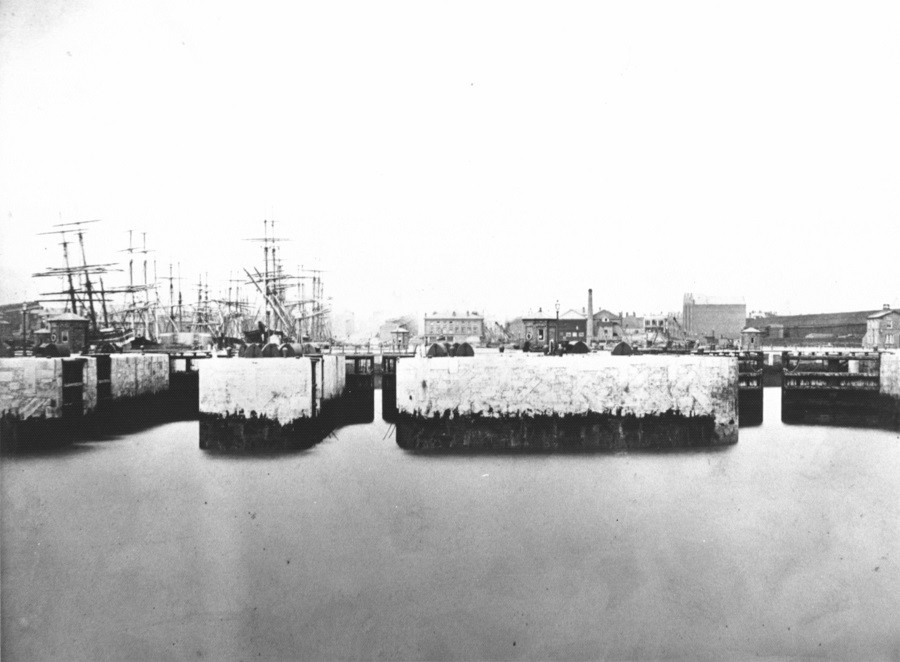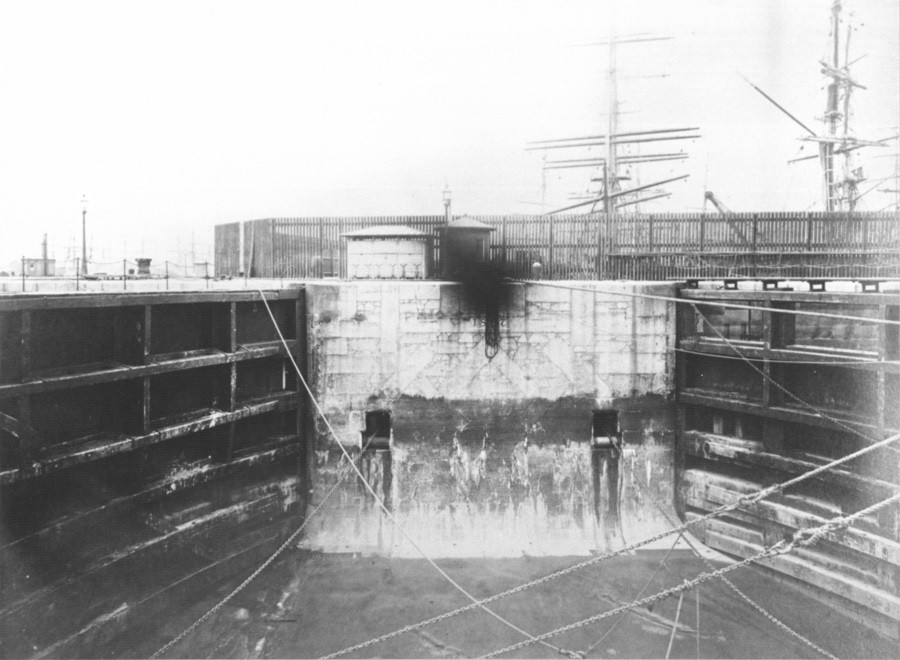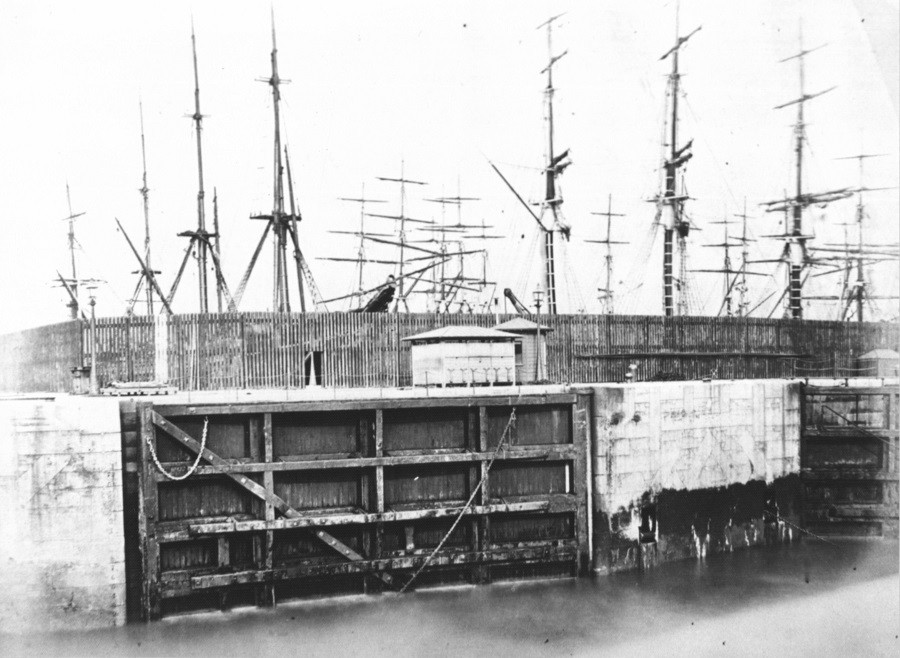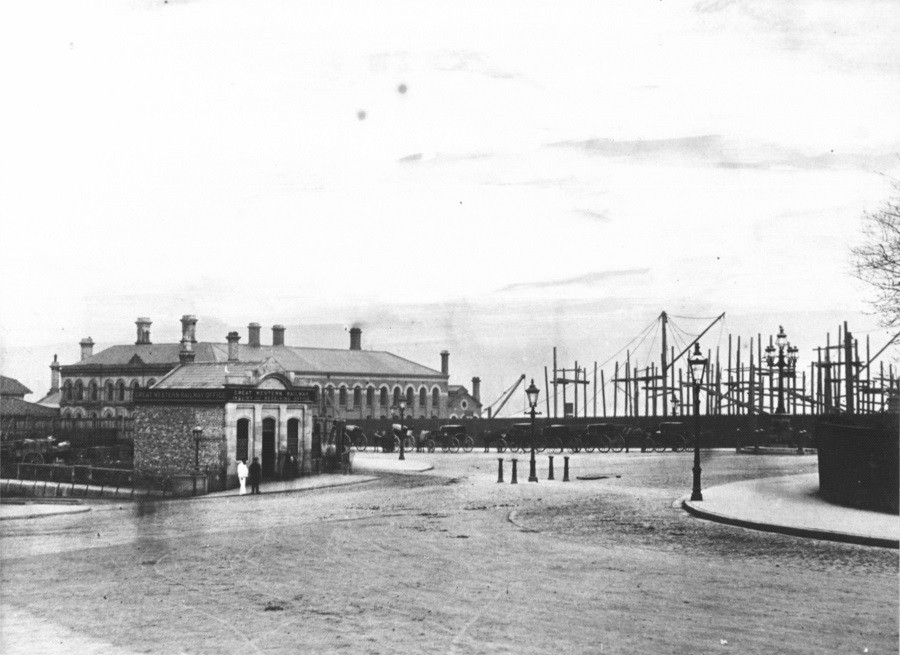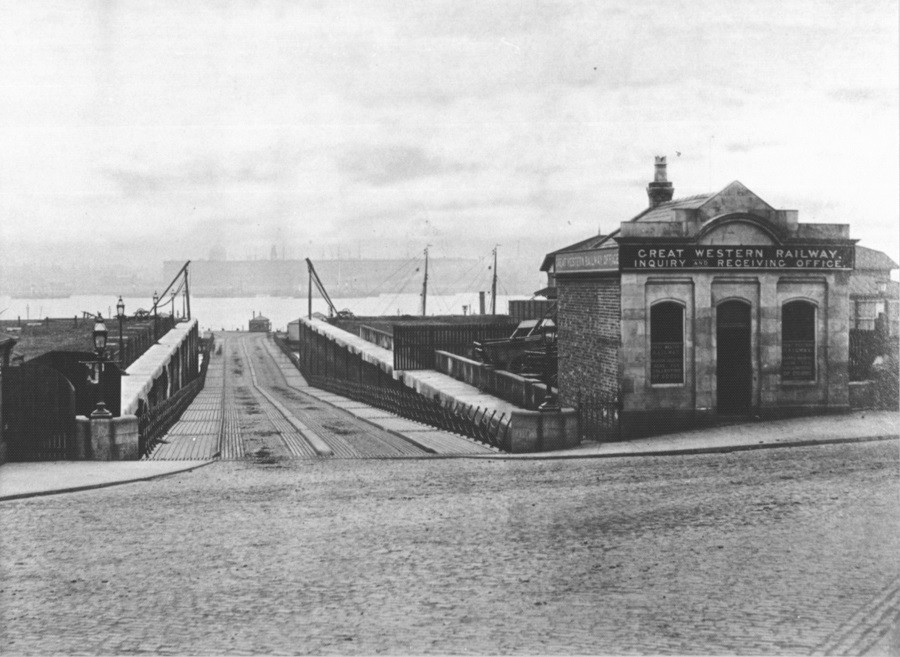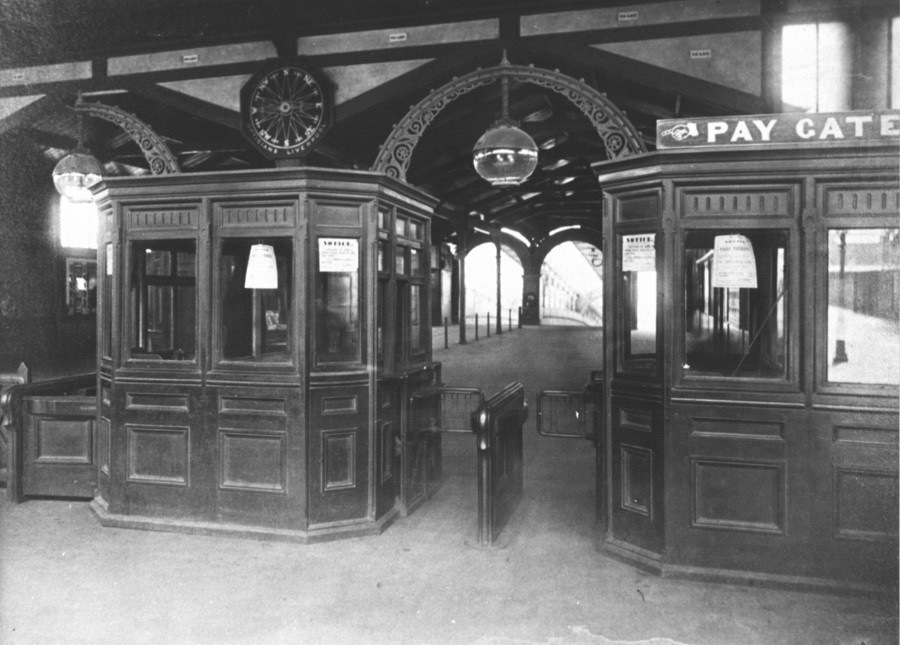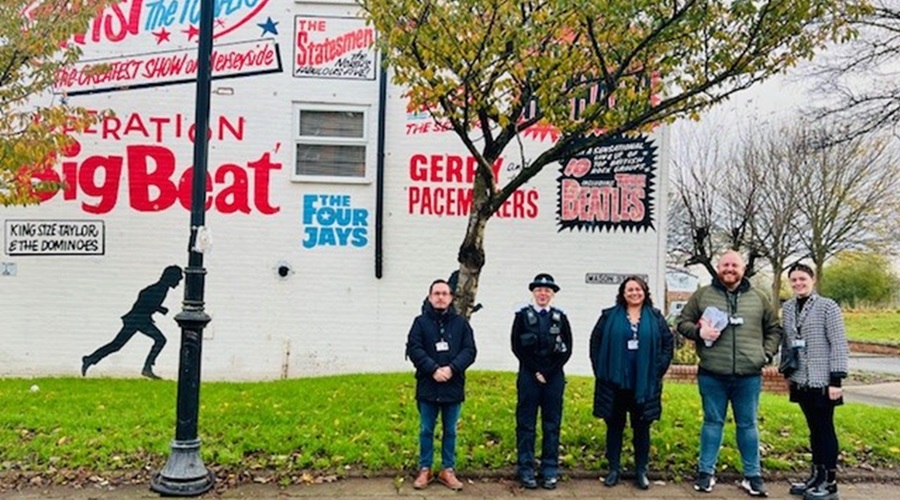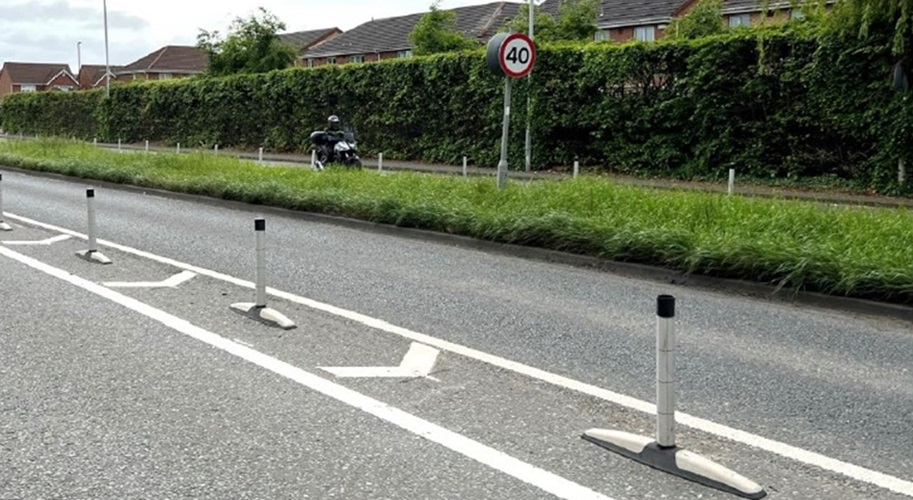Birkenhead and Woodside: past and future
Birkenhead is thought to have been named after a headland lost within the reclaimed foreshore, possibly known as Birchen Head after the Birch trees that grew there.
The town’s history dates back at least eight centuries with the ferry service and Woodside key to its beginnings. Now new proposals being consulted on by Wirral Council outline how Woodside and its surrounding area could be re-invented as one of the borough’s key living, leisure, and tourist locations.
The aim is to capitalise on Woodside’s unrivalled views of Liverpool’s waterfront, while also dramatically improving its connections with Birkenhead town centre and the river Mersey.
The consultation is also now continuing until 18 March 2024 and will include two drop-in events will be held between 10am – 6.30pm Friday March 1 and 10am – 4pm Saturday March 2 at the Woodside Ferry Terminal Building for those interested to find out more about the proposals share their views of them.
The proposed Masterplan also acknowledges the rich history of the location, describing the area's past, including how Birkenhead was founded in around 1150CE with the establishment of Birkenhead Priory by Baron Hamon de Mascy and a ferry service across the Mersey operated by monks.
The Priory remains the oldest building in the area while the ferry service has continued for the subsequent 800-plus years. Liverpool is thought to have been first founded around 1190 with this ferry service thought to be a key factor in the location of the growth of Birkenhead’s partner over the water.
Images from the Fowler and Culls collection, courtesy of Wirral Reference Libraries. Copyright Wirral Reference Libraries.
In 1824 William Laird founded the Birkenhead Iron Works (boilermaking) and was joined by his son, John Laird in 1828 who specialised in building ships and the development of the dockland area. The company soon became pre-eminent in the manufacture of iron ships and played a key role in the town’s growth from a hamlet in the 1800s.
As Woodside is believed to have been one of the locations that the monks may have used for their ferry service, it could be considered to be one of the foundation points of the town.
Woodside represents one of the shortest points to cross the River Mersey at just over 1km wide, making it a logical place for the ferry to cross.
It also became the point for both the first rail tunnel in 1886, and then the first of two road tunnels the Queensway in 1925. This provides Birkenhead with some of its most recognisable skyline features with road and rail tunnel vent shafts.
Nearby Hamilton Square became the centre piece of the architect James Gillespie’s original masterplan for Birkenhead with the grid iron town planning designed for growth and now has the second highest number of Grade I Listed buildings outside of Trafalgar Square in London.
Over the years various masterplans have been produced for the town, but only now is a comprehensive approach being taken to the wider town and borough regeneration with the council’s ambitious 2040 Framework and the Local Plan playing a key role in tying it all together. A number of interlinking masterplans for the town are at various stages of development.
The current consultation on the proposed Woodside Masterplan remains open for contributions and this has now been extended two weeks to 18 March 2024.
Two drop-in events will be 10am – 6.30pm on Friday March 1 and 10am – 4pm on Saturday March 2 at the Woodside Ferry Terminal Building for those interested to find out more about the proposals share their views of them.
You can also take part in the masterplan consultation by going online to the council’s consultation website haveyoursay.wirral.gov.uk where you can find the Masterplan and other information, as well as a questionnaire to give your views.

